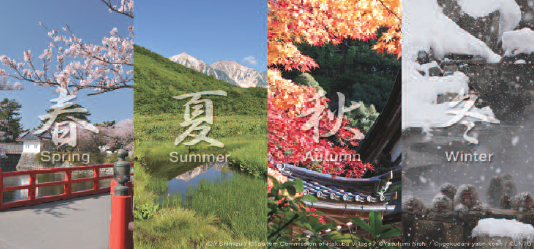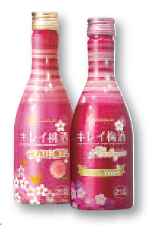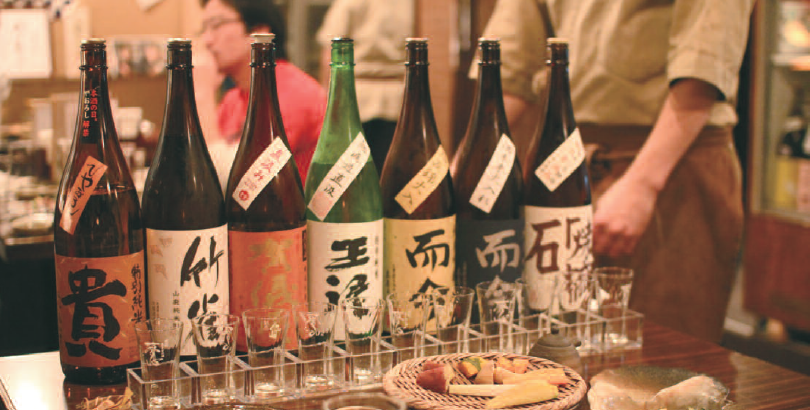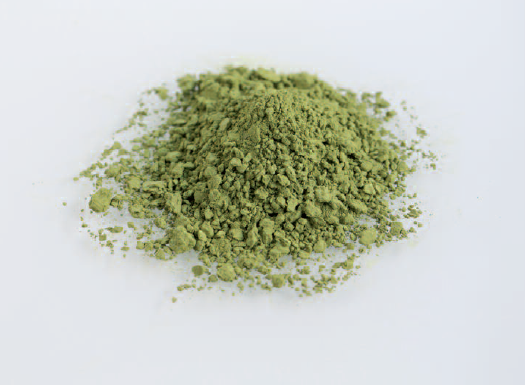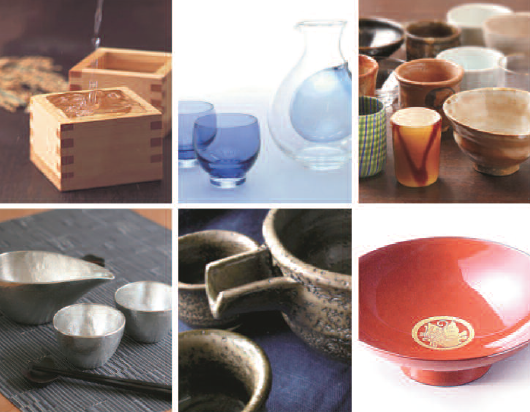
For Sake’s Sake – Part 3/3
Kikuya Natsuki, director of the Museum of Sake, continues our journey into the fascinating world of sake.
In this, our final article in the series, I will be introducing further ways to enjoy sake by taking a look at seasonal shifts in the sake market and drinking culture and Japan’s traditional sake drinking vessels. Apart from a few exceptions, most sake breweries usually produce their beverages during the coldest period of winter, which means that the period from the new year up to the start of spring is filled with the delights of fresh shinshu (新酒Lit: “new sake”) coming on to the market. This kind of newly pressed sake has a wonderfully fresh and expressive taste, which lingers exquisitely. It is sold unpasteurized and is thus classified as “namazake” (生酒), literally “draft” or “raw” sake. Sold specially during the season, cool and refreshing shinshu is perfect for sipping with friends and family while enjoying the onset of spring under magnificent blooming cherry blossoms. When summer comes around, chilled sake helps to mediate the heat and people take to drinking cooling ginjo varieties, low-alcohol nama-zake and sparkling sakes. In autumn, flavourful hiyaoroshi that has been matured during the summer months and only pasteurised once is the style of choice, and perfectly complements bountiful autumnal ingredients such as mushrooms, celeriac vegetables or game animals. The winter cold sees people warm themselves with the rich savoury flavours of matured junmai sake, drunk warm or hot (kan-zake), in particular those brewed using the highly traditional and orthodox kimoto or yamahai methods that employ natural bacteria. Why not indulge in the magic of the changing seasons by enjoying the different seasonal sake varieties with complementary cuisine made using seasonal ingredients? Another fascinating aspect of Japanese sake culture that can be enjoyed is the wide variety of different drinking vessels on offer that each brings their own different mood to the drinking experience. Delicate glass or tin cups are best for bringing out the cooling nature of chilled sake, while thick, squat earthenware ones go with stronger warm sake and small, elegant liqueur glasses with stems are perfect for enjoying the deep and complex flavours of aged sake. Even two vessels made from the same material can give surprisingly different impressions to the sake drunk from them. It is very rewarding to put together your own collection of sake cups to match the different styles and varieties of sake that you want to drink, such as flat, saucer like hirasakazuki which allow the sake to slowly spread across the whole of the tongue, tulip shaped cups which give full enjoyment of the aroma from ginjo type sake or shotglass style cups that bring out the sharper bite of honjozo and other varieties. This month brings our series of three columns about Japanese sake to a close. The fascinating world of sake has been a supporting pillar of culture and tradition across the Japanese islands for over 2000 years and I hope that our readers can now feel more able to make it a part of their everyday dining experience!
Kikuya Natsuki

